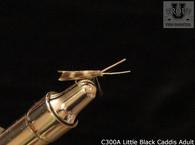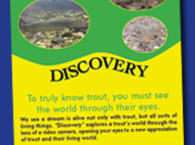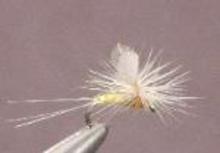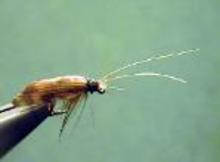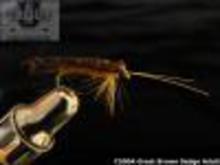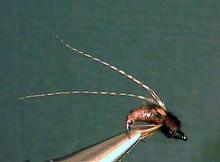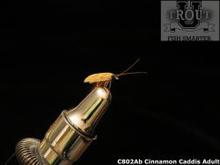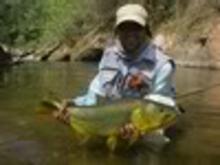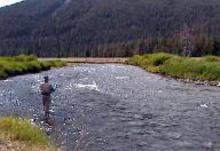Fly Fishing with Sulphur Duns
We at the Trout University store are introducing a new fly into our Perfect Fly line up and it will be available very soon. It is the Sulphur dun fly pattern. They are very similar to the Eastern Pale Evening Duns. They are very important where they exist and they can provide some excellent dry fly action when they hatch.



